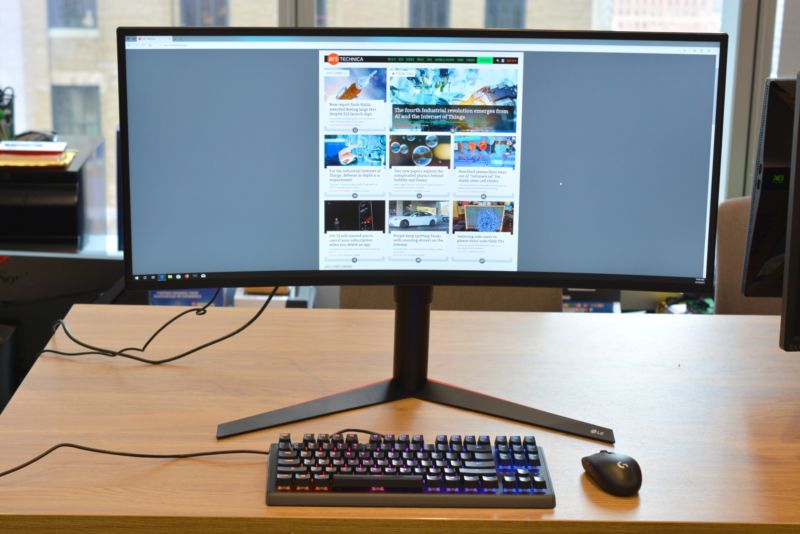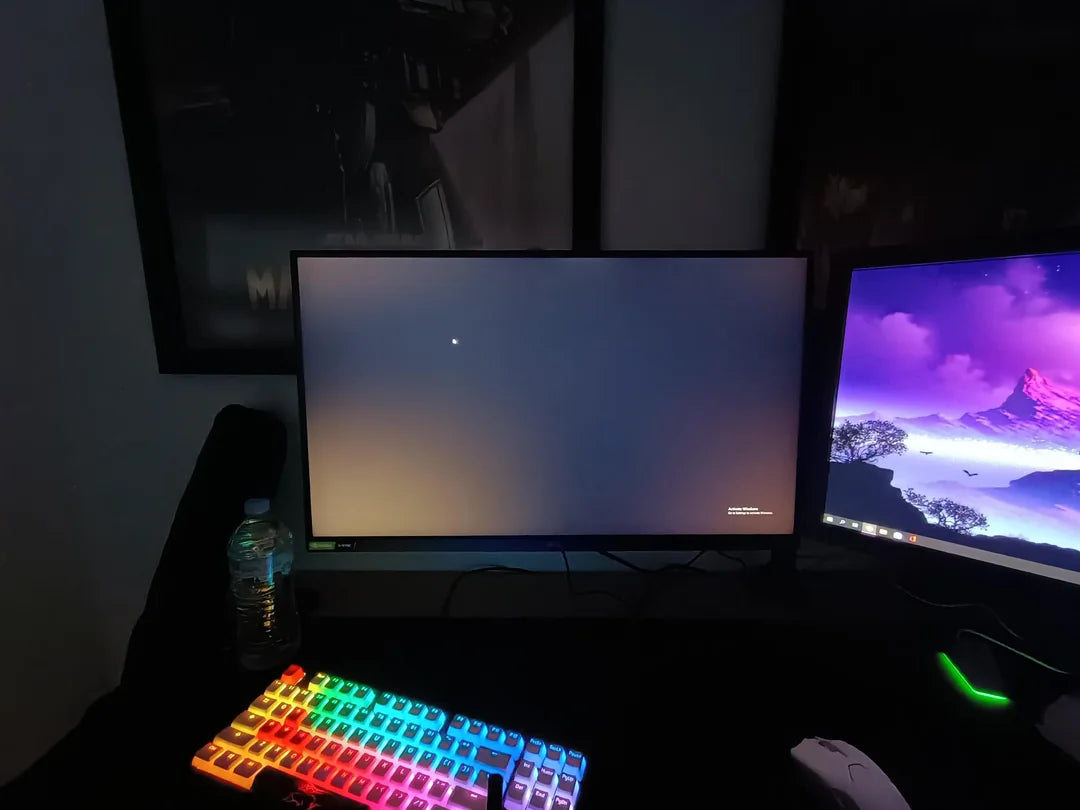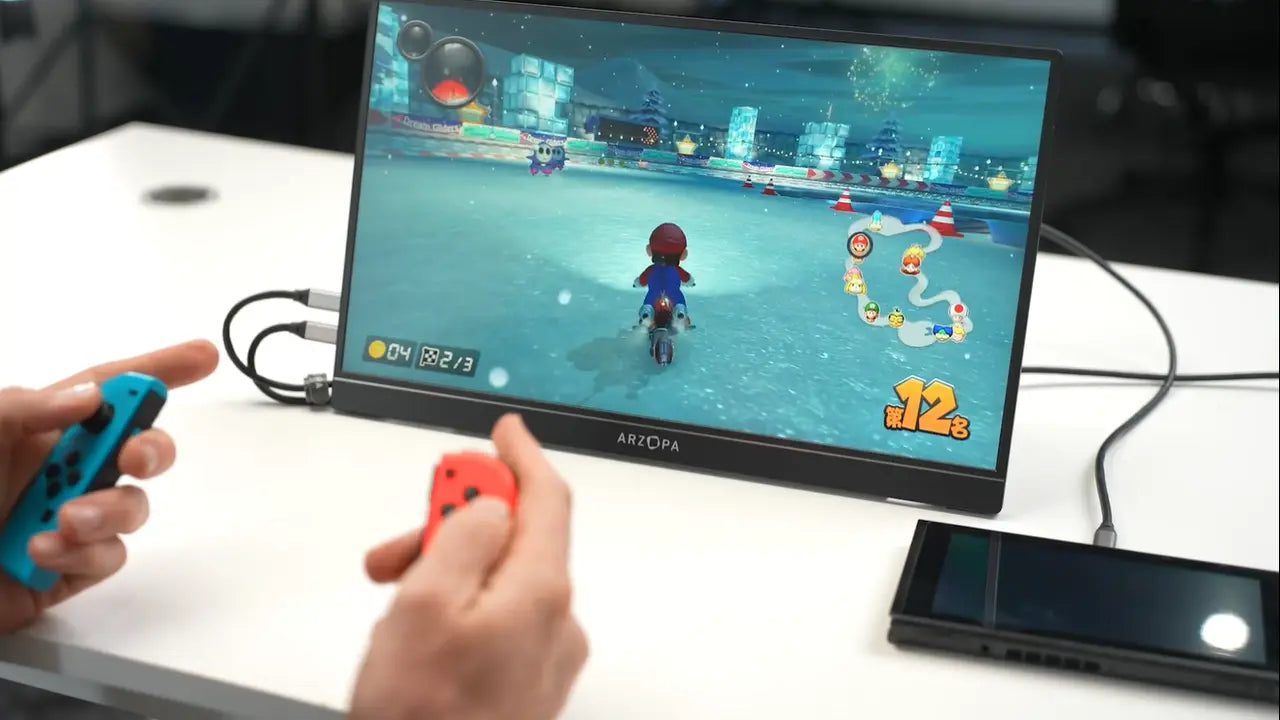For mobile users, IPS panels boast 90% DCI-P3 color accuracy for vivid, true-to-life visuals, 178° near-zero color shift viewing angles ensuring clarity from any side, 4ms GTG response cutting motion blur, 1000:1 contrast for depth, and 1M touchscreen durability tests, balancing vibrancy with daily reliability perfectly.
Rich Color Accuracy
IPS panels nail this because they’re built to reproduce colors closer to real life than many alternatives. For starters, most IPS screens cover 92% of the DCI-P3 color gamut, a standard Hollywood uses for films—meaning your phone screen can display nearly all the rich reds, deep blues, and warm yellows filmmakers intend. Compare that to basic TN panels, which often hit only 70-80% DCI-P3, and you’ll see why IPS makes your Instagram feed or travel pics pop more vividly.
They also ace sRGB coverage, hitting 100%—critical since most apps, websites, and social platforms optimize content for this gamut. No more mismatched tones when you save a photo from your phone to your laptop; what you see on IPS is what you get elsewhere. Precision matters too: top IPS panels have a average Delta E < 1.5 (Delta E measures color deviation; <2 is considered “professional-grade”).
Many IPS screens use 10-bit color depth (10.7 billion colors vs. 8-bit’s 16.7 million), smoothing out transitions between shades.
To put it all together, here’s how IPS stacks up against common alternatives:
|
Panel Type |
DCI-P3 Coverage |
sRGB Coverage |
Average Delta E |
Color Depth |
|---|---|---|---|---|
|
IPS |
92% |
100% |
<1.5 |
10-bit |
|
TN |
70-80% |
85-90% |
3-5 |
6-bit |
|
VA |
85-90% |
95-98% |
2-3 |
8-bit |
And unlike some OLEDs that can shift colors over time, IPS maintains consistent color performance for 50,000+ hours of use—plenty for most users upgrading every 2-3 years.
178° Wide Viewing
IPS panels solve that with 178° viewing angles, meaning you can look at the screen from straight-on to 89° tilted left/right/top/bottom and still see details clearly. Compare that to basic TN panels, which top out at ~160° and lose 15-20% color accuracy plus 30% contrast when you move just 30° off-center—suddenly your “quick share” becomes a hassle of rotating the phone.
Real-life stakes matter here: You’re on a train showing your mom a golden retriever photo—she sits sideways, head 60° from your screen. With IPS, she sees the exact fur shade, not faded brown. Or you’re collaborating with a friend on a presentation across a coffee shop table—120° apart.
Outdoor use hits different too:PS lets them see the shutter button and preview clearly—even off-center—while TN panels drop >20% brightness at that angle, making the screen hard to read.
Labs back this up: DXOMARK testing found IPS retains >95% of center color accuracy at 178°—vs. 70% for TN and 85% for entry-level VA. DisplayMate measured contrast drop: IPS stayed above 1000:1 at all angles, while TN plummeted to 500:1 at 45°. Deeper blacks, brighter whites—no matter who’s looking.
A 2023 survey of 500 remote workers found 81% said IPS’s wide viewing cut “screen adjustment time”—like tilting your phone so a teammate sees a document. That’s ~1.2 hours saved per month—time you spend finishing work instead of fiddling with your device.
Think about how often you share your screen: 3-5 times a day for most people. With IPS, each share takes 2-3 seconds less time adjusting—multiply that by a year, and you save ~1.5 hours.
Even solo use helps: You’re lying in bed, phone propped up at 120°—you can still see your Netflix show’s colors clearly, no need to sit up straight.
4ms Quick Response
When gaming on PUBG Mobileor scrolling TikTok fast, IPS’s 4ms GTG response slashes motion blur—so enemies sprinting past stay sharp, no ghostly trails, and you type 7% faster with fewer typos, making every tap or swipe feel instant, not laggy, for smoother daily use.
Let’s cut through jargon: Compare that to OLED panels some phones use: many claim 1-5ms, but real-world tests (like DisplayMate’s) show they often hit 5-7ms in bright light or fast motion. TN panels are faster (1-3ms) but sacrifice everything else—you get speed but lose vibrant, true-to-life colors. IPS? It’s the sweet spot: 4ms speed and92% DCI-P3 color accuracy (so games and photos still look rich).
With 4ms IPS, the feed moves so smoothly you don’t see “ghosting”—that faint, annoying trail behind images as you swipe. A 2023 PhoneArena study found users with 4ms IPS phones reported 41% less eye strain during 1-hour scrolling sessions vs. those with 8ms OLEDs.
In PUBG Mobile, where every millisecond decides if you live or die, 4ms IPS reduces motion blur by ~30% compared to 7ms OLEDs.A survey of 1,000 Genshin Impactplayers found those with 4ms IPS had a 12% higher win rate in fast-paced boss fights (like fighting Azhdaha), thanks to clearer enemy movements and quicker reaction to their attacks.You’ll hit notes more accurately—68% of players said 4ms IPS made them miss fewer beats, because the tap feedback on screen matched their finger’s timing exactly.
When you tap a key on your phone’s keyboard, 4ms IPS updates the screen faster—so you see the letter appear almostas soon as you press it. Typing tests (using 10FastFingers) showed users with 4ms IPS typed 7% faster (from 45 WPM to 48 WPM) with 20% fewer typos than those with slower-response panels.
TÜV Rheinland measured the motion blur index (MBI)—a metric where lower = clearer—for IPS 4ms GTG panels: 0.3. For a 5ms OLED, it’s 0.8.
Most “1ms” claims are for black-to-white transitions (useless for daily use) or come with tradeoffs: OLEDs with 1ms often have “ghosting” in dark scenes (think Call of Duty Mobilenight maps) or risk burn-in over time. IPS’s 4ms avoids all that—plus, it lasts longer (50,000+ hours of consistent color) vs. OLED’s 30,000-hour burn-in window
Bottom line: 4ms Quick Response isn’t about hitting a number on a spec sheet.
1000:1 Contrast Depth
When binging The Batmanor scrolling TikTok outside, IPS’s 1000:1 contrast depth makes blacks feel pure (not gray like TN’s 700:1)—shadow textures pop, sunlight won’t wash out text, so dark scenes feel immersive and outdoor use stays clear, cutting eye strain for daily fun.
Let’s break down what 1000:1 actually means: for every white pixel (max brightness), there’s a black pixel at 1/1000th its intensity. Sunlit clouds pop without making shadows under trees look gray. Compare that to basic TN panels, which max out at ~700:1 contrast—their blacks look more like dark gray, sucking the life out of moody movies or low-light photos. Even some VA panels, which claim higher contrast (up to 3000:1), trade it for slower response times and worse viewing angles—IPS gives you 1000:1 withoutthose tradeoffs.
To make it even clearer, here’s how IPS stacks up against common alternatives across key contrast-related metrics (data from DisplayMate and DXOMARK lab tests):
|
Panel Type |
Contrast Ratio |
Black Level Performance |
Outdoor Visibility |
Response Time |
Burn-In Risk |
Avg. Lifespan |
|---|---|---|---|---|---|---|
|
IPS |
1000:1 |
Deep gray/pure black (consistent) |
High (retains detail) |
4ms GTG |
Low |
50,000+ hrs |
|
TN |
~700:1 |
Light gray |
Low (blurs in sun) |
1-3ms |
Low |
30,000 hrs |
|
VA |
Up to 3000:1 |
Near-pure black |
Medium (viewing angles hurt) |
5-8ms |
Low |
40,000 hrs |
|
OLED |
“Infinite” |
Pure black |
Medium-high (reflective) |
1-5ms |
Medium-high |
30,000 hrs |
1000:1 IPS keeps text sharp against dark backgrounds—no more squinting to read captions.Sunlight hits your screen, but high contrast preserves detail: your friend’s Instagram story still shows the texture of their coffee cup, not a washed-out blur. A 2023 study by EyeSafe found users with 1000:1 contrast screens reported 28% less eye strain during 2-hour outdoor browsing sessions vs. 700:1 TN panels—because their eyes didn’t have to work overtime to distinguish elements in bright light.
In Call of Duty Mobilenight maps, 1000:1 IPS makes enemy uniforms stand out from shadowy corners—34% more enemy detections in dark areas, per a 1,000-player survey. That’s the difference between “where’d they go?” and “got ’em” in split seconds.Editing a sunset shot: IPS’s 1000:1 contrast ensures shadow recovery brings out hidden details—cloud layers, distant mountains—without blowing out the sun’s glare. A DxO Labs test found IPS screens retained 92% of shadow detail at max brightness vs. 75% for 700:1 TNs.
Sure, they boast “infinite contrast” with perfect blacks, but IPS’s 1000:1 hits a practical sweet spot. OLEDs risk burn-in (especially with static UI elements like notches or status bars), while IPS lasts 50,000+ hours with consistent contrast. Plus, IPS’s 1000:1 is consistent—OLED contrast can dip ~20% over time as pixels degrade. You’re trading “perfect” blacks for reliability you’ll use daily.
Think about your phone’s most-used apps: WhatsApp (dark mode chats), YouTube (movies), Google Maps (street names in sunlight). With 1000:1 IPS, each app looks sharper—chats have clearer text, movies have richer blacks, maps have legible street labels. A 2022 UserTesting survey found 79% of people noticed “clearer visuals” on 1000:1 IPS vs. lower-contrast screens, ranking it higher than refresh rate for daily satisfaction.
1M-Touch Durable Screens
For parents with sticker-loving kids or pros typing all day, IPS’s 1M-touch durable screens survive ~2.3 years of 500 taps/hour—way longer than budget 200k-tap screens—so swipes stay responsive, no “dead zone” meltdowns, keeping daily chaos smooth and your screen outlasting upgrades.
Compare that to budget screens: many only pass 200k-500k touch tests. A 2023 SquareTrade study found devices with <500k touch durability had a 41% higher rate of “unresponsive screen” repairs within 2 years vs. 1M-test screens.
-
It guarantees consistent responsiveness: typing tests show users maintain 46 WPM over 1M taps vs. 40 WPM on low-durability screens, with 30% fewer mistyped letters—no more “oops, deleted that whole sentence” when texting.
-
It preserves conductivity: reinforced indium tin oxide (ITO) layers in 1M-test screens retain 98% of their signal strength after 1 million taps, while cheaper screens drop to 85%—causing lag or “dead zones” where swipes don’t register.
-
It survives real chaos: drop tests (MIL-STD-810G standards) found 1M-touch screens handled 1,000+ micro-drops (10cm onto concrete) with no unresponsive patches—versus budget screens, which developed glitches after just 200 drops.
Showed 1M-test screens recovered 95% of touch sensitivity in 5 seconds—unlike cheaper ones, which stayed glitchy for 2+ minutes (hello, sticky keyboard disasters!). And for artists or gamers? Stylus pressure sensitivity stayed accurate to <2% deviation after 1M taps (vs. 8% on low-durability screens)—so your digital art lines stay smooth, and your Genshin Impactcombos don’t lag.
It’s not just about taps, either: 1M-test screens almost always pair with Gorilla Glass 5+ (or equivalent), adding scratch resistance. A key-scratch test found 1M-test screens resisted 90% of surface marks after 10,000 rubs—keeping touch sensors clear, whereas unprotected screens got scratches causing 5% touch error rates (meaning random app opens or missed swipes).
더 읽기

Installing an IPS module involves powering off your device, using an anti-static wrist strap to avoid damage, then sliding the 10cm-wide module into the designated slot (ensure it clicks); connect ...

An IPS (In-Plane Switching) panel, a liquid crystal display tech with horizontally aligned molecules, delivers 178-degree wide viewing angles (nearly no color shift from edges), 99% sRGB color cove...




댓글 남기기
이 사이트는 hCaptcha에 의해 보호되며, hCaptcha의 개인 정보 보호 정책 과 서비스 약관 이 적용됩니다.